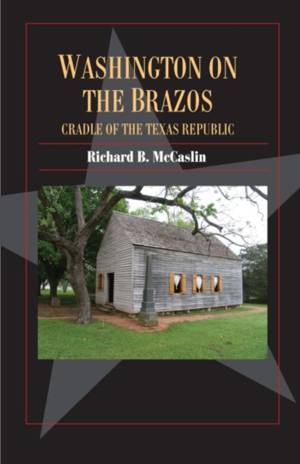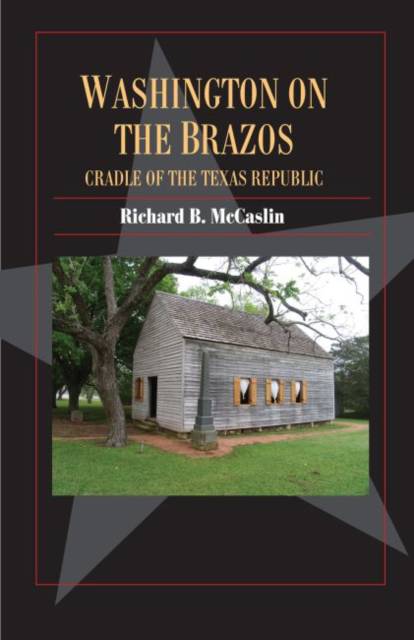
- Afhalen na 1 uur in een winkel met voorraad
- Gratis thuislevering in België vanaf € 30
- Ruim aanbod met 7 miljoen producten
- Afhalen na 1 uur in een winkel met voorraad
- Gratis thuislevering in België vanaf € 30
- Ruim aanbod met 7 miljoen producten
Zoeken
Omschrijving
With Washington on the Brazos: Cradle of the Texas Republic, noted historian Richard B. McCaslin recovers the history of an iconic Texas town. The story of the Texas Republic begins and ends at Washington, but the town's history extends much further. Texas leaders gathered in the new town on the west bank of the Brazos in March 1836 to establish a new republic. After approving a declaration of independence and constitution, they fled as Santa Anna's army approached. The government of the Republic of Texas returned there in 1842, but after the United States annexed Texas in 1846, Austin replaced Washington as the capital of the Lone Star State. The town became a thriving river port in the 1850s, when steamboat cargoes paid for many new buildings. But the community steeply declined when its leaders decided to rely on steamers rather than invest in a railroad line, although German immigrants and African American residents kept the town alive. Later, Progressive Era plans for historic tourism focused the town's central role in the Texas Republic brought renewed interest, and a state park was founded. The Texas centennial in 1936 and the hard work of citizens' organizations beginning in the 1950s transformed this park into Washington-on-the-Brazos, the state historic site that serves today as the primary focus for preserving the history of the Republic of Texas.
Specificaties
Betrokkenen
- Auteur(s):
- Uitgeverij:
Inhoud
- Aantal bladzijden:
- 179
- Taal:
- Engels
- Reeks:
- Reeksnummer:
- nr. 24
Eigenschappen
- Productcode (EAN):
- 9781625110367
- Verschijningsdatum:
- 17/02/2016
- Uitvoering:
- Paperback
- Formaat:
- Trade paperback (VS)
- Afmetingen:
- 140 mm x 213 mm
- Gewicht:
- 204 g

Alleen bij Standaard Boekhandel
+ 47 punten op je klantenkaart van Standaard Boekhandel
Beoordelingen
We publiceren alleen reviews die voldoen aan de voorwaarden voor reviews. Bekijk onze voorwaarden voor reviews.











